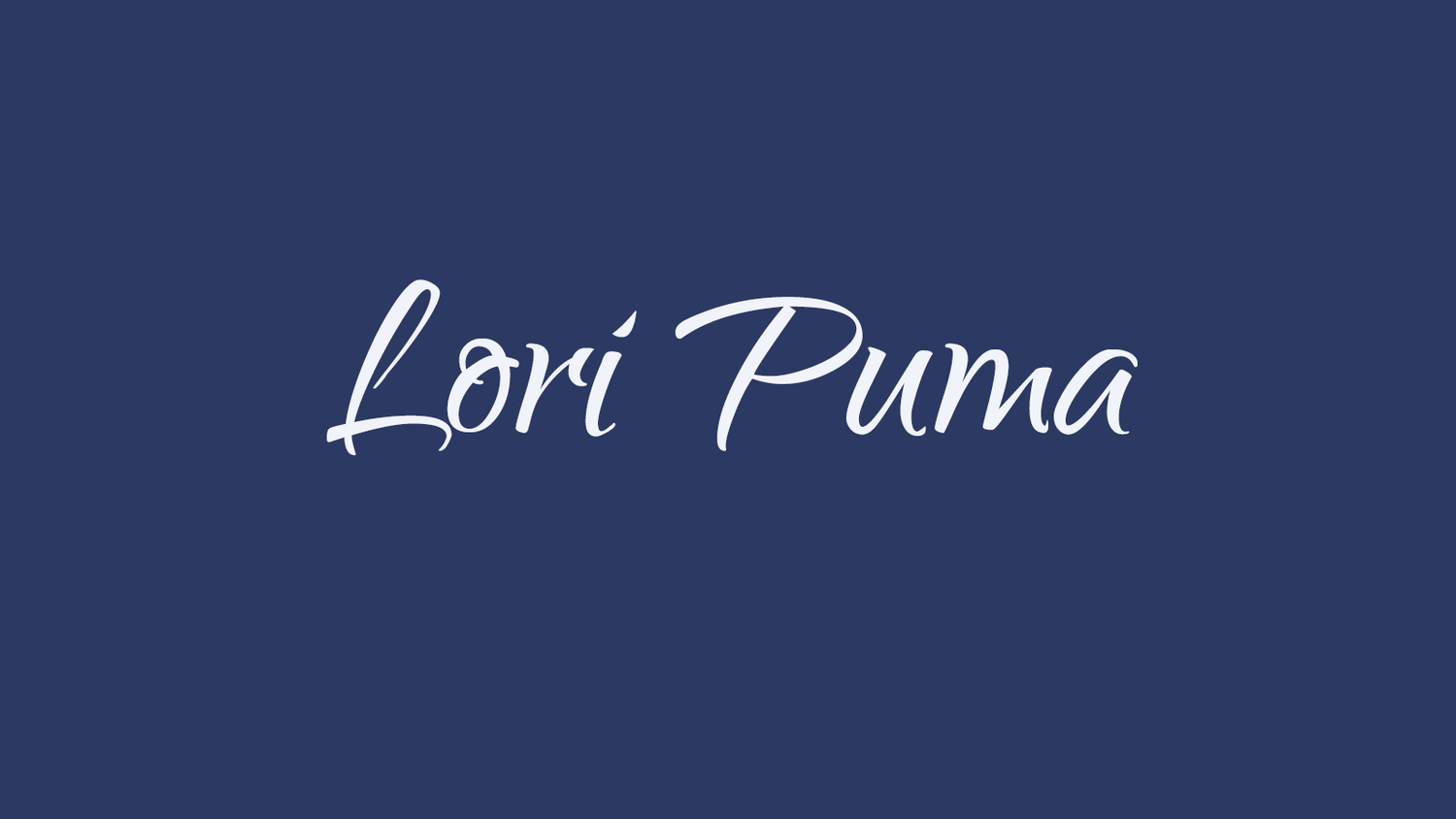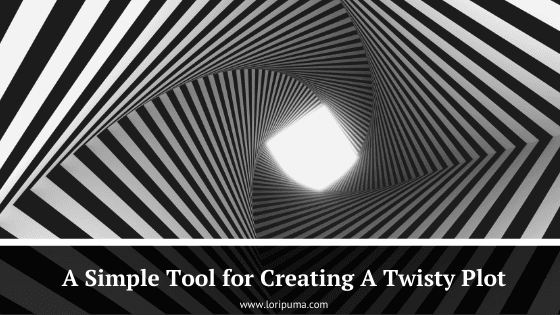A Simple Tool for Creating A Twistier Plot
/Is your plot falling flat? Tweaks to your antagonist characters tend to be the best way to spice things up. See how one character diagram can help you create more conflict and more plot twists for your novel.
As a novelist, you know your book needs conflict. Most writers work hard to create conflict between the protagonist and the chief antagonist. But conflict between your hero and the villain isn’t enough to sustain an entire 100k word book. Especially not if you’re hoping to make readers gasp with surprise at your twists.
If you want to craft a twist-filled plot, you need to create conflict between your antagonists. And there’s one diagram you can make for your novel to help you see what this means.
John Truby, author of The Anatomy of Story: 22 Steps to Becoming a Master Storyteller, calls his version of the diagram “four-corner opposition”. In it, there’s a square such as the one in Figure 1.a. below. Each corner represents a character and each of the lines in-between the corners represent conflict between the characters.
But there’s no rule that says your story only needs to have three antagonists. What’s important is seeing that the antagonists not only work against the hero, they work against each other. If you want to create believable switches of allegiance, and surprising plot twists, the way to do it is often through maneuvering your antagonists to create obstacles for each other.
Creating antagonists who oppose each other
Each character who has a place in a corner has a story goal and takes small steps to reach their goal throughout the story. Each antagonist uses a different strategy for attacking the hero and creating obstacles that make the hero’s journey to achieving their overall story goal more difficult.
In addition, each antagonist has conflict with at least one, if not more, of the other antagonists. This means that it’s harder for the antagonist to reach their goals too.
Let’s talk through how this works in William Goldman’s The Princess Bride which is represented in Figure 1.b. above.
First let’s look at the protagonist at the goals for each of the characters who’s represented by a corner.
Protagonist - Westley: Reconnect with Buttercup, his true love, and save her from her new fiancé Prince Humperdink’s plans to harm her.
Chief antagonist - Prince Humperdink: Use Buttercup as a means to frame a neighboring country so he can persuade his subjects that they should start a war.
Count Rugen: Do whatever Humperdink asks him to do and torture people with his machine so he can write a treatise on pain for posterity.
Vizzini: Show off his superior (in his mind) intellect.
Inigo Montoya: Find the six-fingered man who murdered his father and kill him, otherwise, just pay the bills
Fezzik: Work as a hired thug to pay the bills and take care of his friend Inigo.
Because all of these characters have different goals, they each create conflict with Westley in a different way.
Inigo: Tries to defeat Westley in a duel and later recruits Westley to help him defeat Count Rugen and avenge his father.
Fezzik: Tries to defeat Westley in hand-to-hand combat, but becomes an ally to help Inigo defeat Count Rugen.
Vizzini: Tries to defeat Westley in a battle of wits to the death.
Count Rugen - Tries to break Westley’s spirit with his torture device so Humperdink can carry out his plans to kill Buttercup.
Humperdink - tTacks Westley and Buttercup into the fire swamp, lies to Buttercup to get Westley to surrender voluntarily, tries to kill Westley with Rugen’s torture device, and finally attempts to use a sword but fails.
These characters don’t just have conflict with Westley, they also have conflict with each other. For example,
Vizzini’s never satisfied with Inigo and Fezzik’s work. They aren’t up to his standards and Vizzini is constantly chastising them. Inigo & Fezzik only work for Vizzini to pay the bills and aren’t loyal to him.
Inigo wants to kill Count Rugen–as soon as he figures out that Rugen is the six-fingered man. Count Rugen defends himself and nearly kills Inigo.
The conflict between the antagonists makes it believable when Inigo and Fezzik switch sides to become Westley’s ally. Inigo and Fezzik’s goals never change. It’s the strategy for reaching the goal that shifts. Inigo realizes Westley is the only person capable of planning a siege of the castle and helping him get Count Rugen.
How close are you to crafting a novel readers won’t be able to put down? Take a quiz to see what’s working and what comes next.
Where twisty plots come from
A good plot comes from the hero and the antagonists all striving to get what they want and creating obstacles for each other that make their goals more difficult to achieve. Twisty plots happen when antagonists not only block, delay, or ruin your protagonist’s plans for reaching their story goal, but when what one antagonist does impacts other antagonists’ plans too.
If you focus too much on what’s happening between your protagonist and main villain, you miss opportunities to make your story more surprising to readers (and way more fun to write).
Creating your own conflict diagram
Here are some questions that you can ask about your story before you draw your own diagram.
First, does each protagonist and antagonist have a goal with a clear end result? (i.e. Will readers know when the character reaches the goal? Or fails to reach it?)
Second, are all the goals different from each other? Have you made the protagonist as different as possible from each of the antagonists in terms of their motivation?
Third, does each antagonist have a unique strategy for creating obstacles for the protagonist? One might specialize in using physical force, another in emotional manipulation, financial maneuvering, social intrigue, or creating practical problems like stealing the key that the hero needs to get into a building.
Fourth, does each antagonist have at least one other antagonist who creates obstacles that make it harder for them to reach their goal? (Another antagonist might want them dead, or might want to humiliate them, or they might vie for the same resource, etc)
When you’ve got answers to each of these four questions, write the name of your protagonist and each of the antagonists. Draw arrows in-between the characters who oppose one another.
Did you draw a diagram representing the conflict in your manuscript? Share your experience. Comment below.






